Problems with water kefir grains and how to solve them
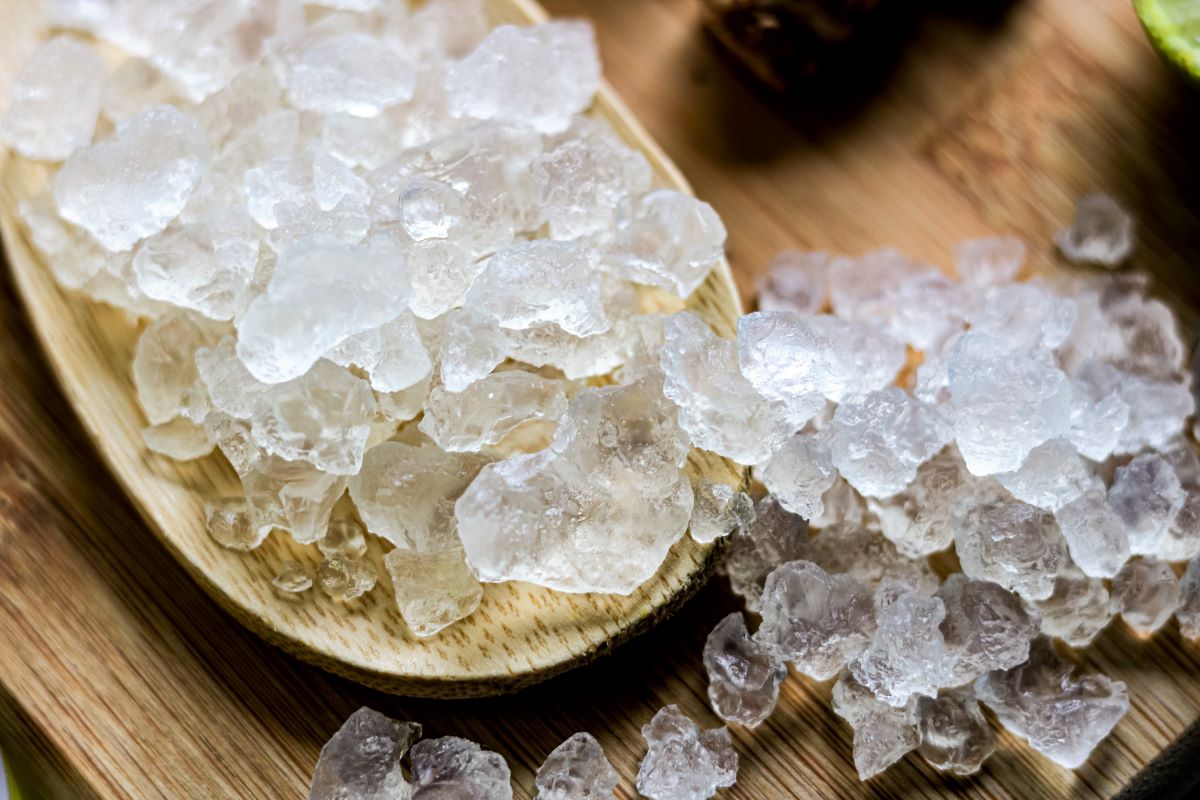
If you are a beginner in fermentation or make kefir regularly, you may at some point experience problems with water kefir grains. This article will shed some light on some of the difficulties kefir fermenters may have with the grains and tips and tricks on how to resolve them as soon as possible and continue making the best water kefir!
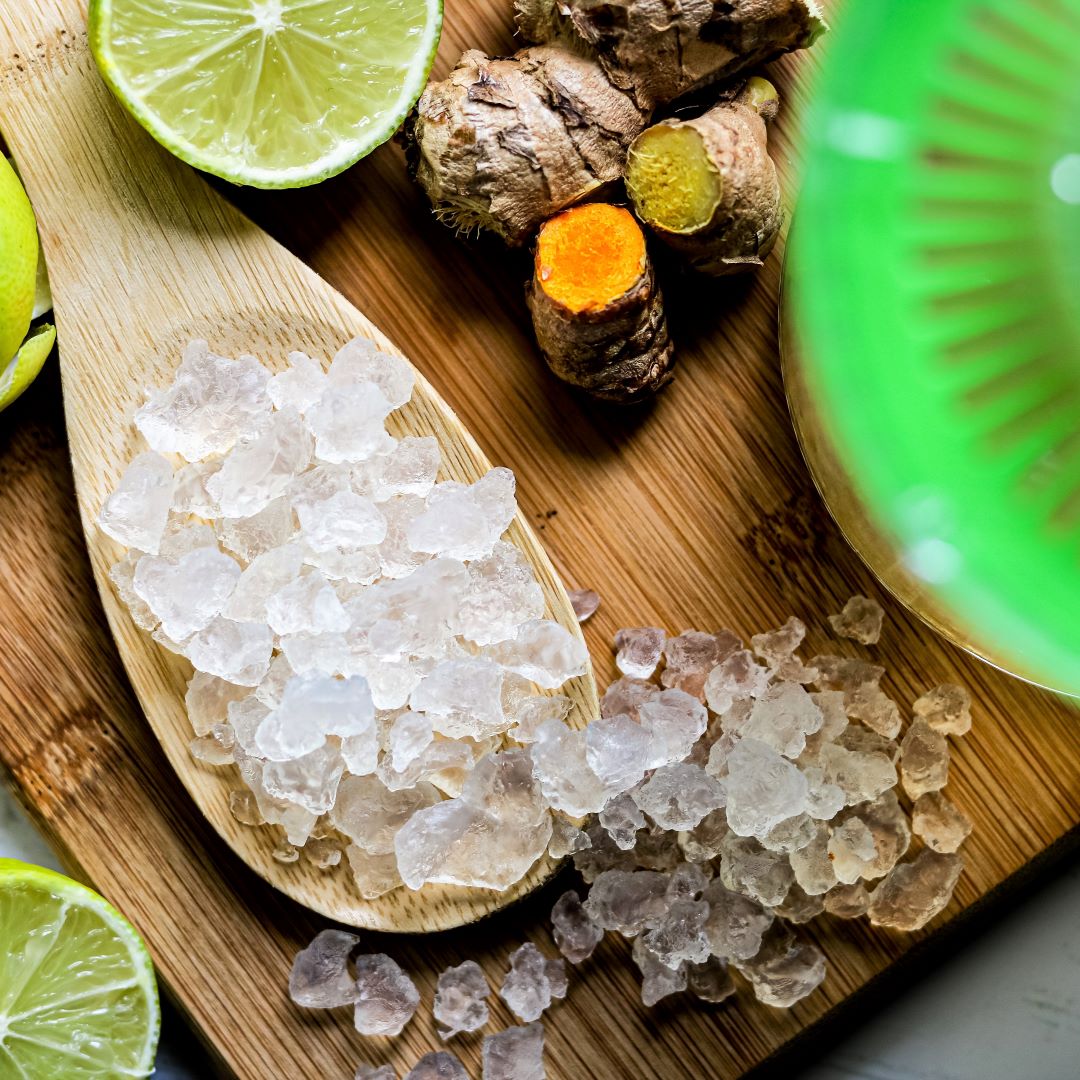
Problem: Kefir grains have become mushy
Water kefir grains are crystal-like in appearance and can be the size of a chickpea or as small as rice grain. They are soft to the touch but have gel-like structure. They’re translucent but may get coloured due to the ingredients used for water kefir (molasses, brown sugar, fruits, etc.). If you get a feeling that the grains are becoming mushy, may be degrading with every batch, there is a reason for that: Too much or too little minerals. Both can actually be the reason for grains to become mushy and start to degrade.
Solution: When noticing this, reduce or increase the minerals in your fermentation. You can add them in the form of unrefined sugar, molasses, baking soda, mineral drops, lemon juice, etc. In the case of too much mineralisation, you can substitute the unrefined sugar for a regular white one. It may be that your water already has enough minerals in it, so no extra is needed.
Problem: Water kefir isn’t bubbly
There may be several reasons why your kefir isn’t bubbly:
- Grains aren’t active yet. Solution: Sometimes, especially if we just started preparing kefir, grains need some time to reach full activity. Activate the water kefir grains completely. This is done by regular feeding of the grains with right ratios of sugar to water.
- Too much water for the amount of water kefir grains. Solution: Use the appropriate amount of water. It’s best to use approximately 30 g of kefir grains for 300 ml of water and sugar solution.
- Low environmental temperature. Solution: Leave the fermenting jar in a place where it doesn’t get very cold. For best results, prepare kefir at room temperature (20-24 degrees C).
- Too short fermenting time. Solution: Leave kefir to ferment for a bit longer. Optimally, the kefir should ferment in 24-48 hours. If you are lucky and your grains are very active, this may happen in 24 hours but usually 2 days is the average.
- Airflow allows CO2 to come out of the jar. Solution: Simply close the lid completely and keep the jar closed during fermentation. But be careful, this may lead to bottle explosion, especially if you leave it to ferment for too long.

Problem: The water kefir grains have become slimy
Slime on the kefir grains is usually just the kefiran that is a side product of fermentation. Nothing is wrong with that. It’s the product of yeasts in the ferment. But when you notice the excessive sliminess and the taste of kefir is not working for you anymore you can solve this.
Solution: Reduce the temperature. Yeasts thrive at higher temperatures. Put the fermenting jar somewhere with lower temperature and see if they are still as slimy after a few batches. This may work faster if you wash the grains first with lukewarm water.
Problem: Water kefir grains aren’t growing
There are many possible reasons kefir grains aren’t growing. The temperature may be too low and this can slow down the fermentation and the growth of grains. Also when you over-ferment the kefir too many times in a row this can affect the growth of the grains too. Another reason may be the water that may be damaging the grains, especially when there is too much chlorine in it.
Solution: Make sure you feed the grains regularly so the grains don’t starve for longer periods and do not leave it ferment at very low temperatures. You should prepare water kefir with fresh, non-chlorinated and non-filtered water. The chlorine in the water can kill the bacteria strains in the grains, while filtered water lacks the minerals that kefir grains feed on. It’s ideal to use natural spring water full of minerals to encourage the growth of grains.
These are just some of the problems people encounter when making water kefir. If you have any other issues, let us know and we will try to find useful solutions.
photos by Vedrana Orlović


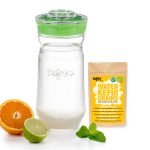
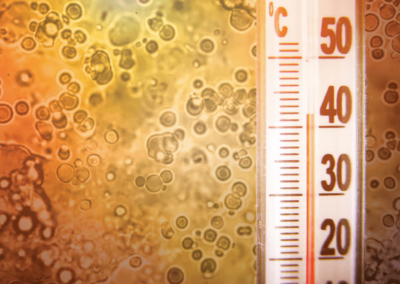
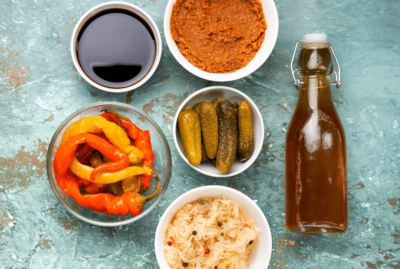

Thank you
Hi 🙂 I started the second fermentation with some berries and I noticed that some grains grew in the bottle. Does that mean the grains needed to be in the first fermentation longer? Will there be an issue adding the grains formed in the second fermentation to the rest of my grains (will the fruit in the bottle affect them)?